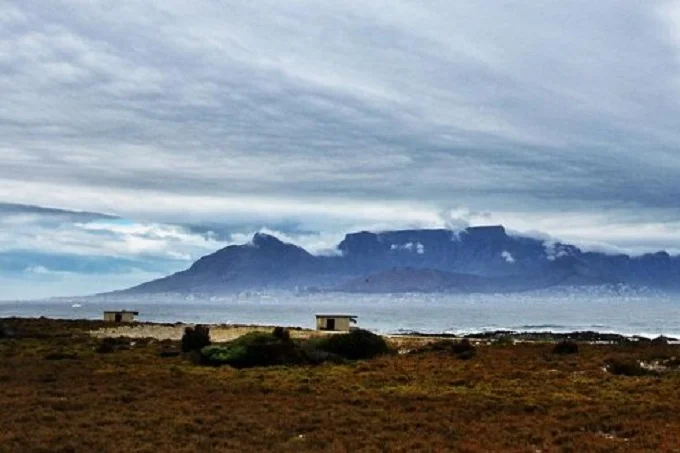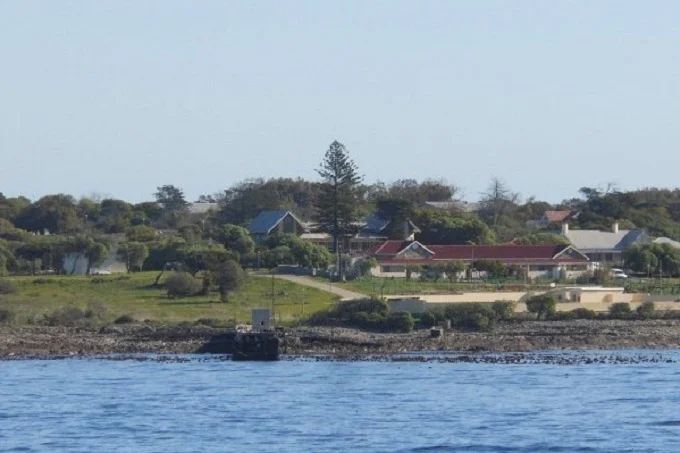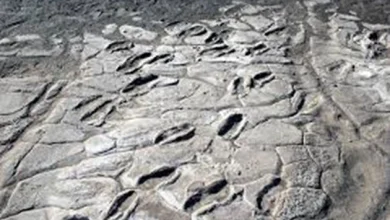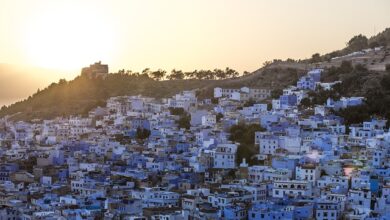Robben Island of Cape Town: its prison produces presidents

Robben Island is a small island off the coast of Cape Town and is situated in Table Bay, 6.9 kilometers west of Cape Town’s Blueberstrand.
The name has Dutch roots and literally translates as the island of fur seals, but it was not famous for seals. During the brutal apartheid regime, it was a prison for especially important prisoners, including Nelson Mandela. In this article, you will learn about the history of Robben Island and its features.
Robben Island is essentially oval, measuring 5.08 km square and 3.3 km long from north to south. An old eruption produced the flat island, which rises barely a few meters above sea level.

Nelson Mandela, a Nobel Laureate and former South African president, was imprisoned here for 18 years until the apartheid system fell. Nelson Mandela, Kgalema Motlanthe, and Jacob Zuma are the three former Robben Island inmates who have become presidents of South Africa.
Robben Island is both a national and a UNESCO World Heritage Site in South Africa. Because of its natural beauty, Cape Town is one of South Africa’s most attractive towns, but the historical landmarks are equally worth seeing.
The island has been used to hold political prisoners since the late 17th century. Robben Island was once used as a jail by Dutch immigrants. In the mid-seventeenth century, Autshumato was its first prisoner.
Political elites from several Dutch colonies, notably Indonesia, as well as the leader of the slave ship Meermin revolt, were among its first permanent inhabitants.
In 1806 the Scottish whaler John Murray established a whaling station in Murray Inlet, a protected bay on the island’s northeast border. The British colonial authorities condemned African leader Makhanda Nxele to life imprisonment on the island after the unsuccessful Grahamstown revolt in 1819. After being released from jail, he drowned on the shores of Table Bay.
The island was also utilized as a leper colony and a quarantine facility for animals. Lepers from the Hemel-en-Aarde (Heaven and Earth) settlement near Caledon were sent to Robben Island beginning in 1845. This was first done on a voluntary basis, and the lepers were free to leave the island at any time.
The cornerstones for 11 new structures to shelter lepers were placed in April 1891. Leper trading was banned once the law was enacted in May 1892. Until 1892, Robben Island welcomed roughly 25 lepers per year on average, but that number climbed to 338 in 1892 and another 250 in 1893.

During World War II, the island was fortified with 12-inch and 6-inch cannons erected as part of Cape Town’s military perimeter. The South African government utilized Robben Island as a jail for political detainees and convicted criminals starting in 1961. The maximum-security jail for political detainees was decommissioned in 1991. The medium-security jail for criminals was closed five years later.
With the end of apartheid, the island, like Alcatraz off the coast of San Francisco, became a famous tourist attraction. The Robben Island Museum is in charge of it (RIM). In 1999, the island was designated as a UNESCO World Heritage Site.
Thousands of people a year board the boat from Cape Town’s Victoria, and Alfred docks for tours of the island and its historic jail. Many of the tour guides had previously served as inmates. Except for the island church, all of the land on the island belongs to South Africa. The island and museum are open all year.




